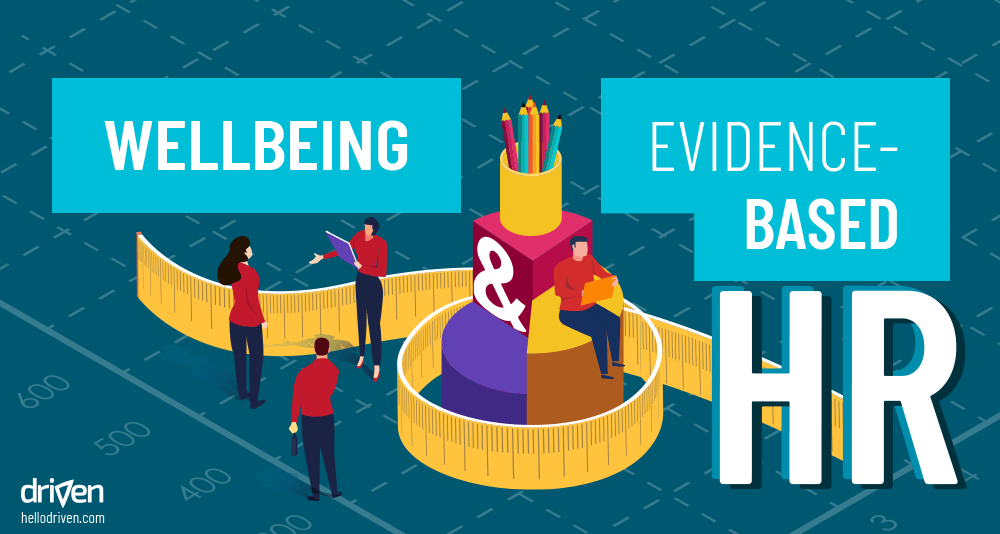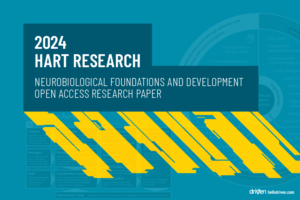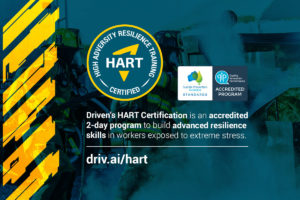Evidence-based management is rising in popularity. This is mostly due to an increased ability to access and analyse data – it’s ultimately from data that we get our evidence to support key decisions.
That said, Human Resources is usually seen as a ‘soft skills’ industry. This means evidence frequently takes a back seat while intuitions rule the day. Though this may be appropriate for one-on-one interpersonal interactions, setting HR policies and evaluating success is where we can benefit from using evidence.
Many larger organisations are investing in people analytics teams to better understand their workforce. Currently, a lot of people analytics effort is put into headcount, hiring and retention timeframes, remuneration, and HR spending questions. Requests for these types of analyses usually come from business managers and executives, and are mainly basic operational reporting, resulting in less time available for more in-depth review and analysis.
Evidence-based management is particularly important when a business is considering implementing a staff wellbeing program, as these are often selected due to intuition rather than evidence. When evaluating the effectiveness of implementing a wellbeing program, we often hear phrases like “We used these people before”, “I like the presenter”, “People said they enjoyed this” etc. Relying mostly on intuition results in the wrong kind of program being selected, instead of a program that meets specific individual and business needs. It also limits your ability to clearly identify what to invest in, and how much to invest in wellbeing.
As well as this, there is often no follow-up on the effectiveness of the program – and where follow-up has been completed, it’s usually limited to exit interviews or feedback that simply show how much people enjoyed the course. Enjoyment, of course, does not mean that any real or lasting change has been effected that translates into actual personal and business benefit.
As we move towards evidence-based HR, we need to bring evidence about wellbeing programs into the picture. Here are four points to consider when implementing wellbeing programs to maximise success.
Evidence backing up the program
When looking at wellbeing programs, consider these questions:
What evidence is backing up the program itself?
Is it based on credible research?
Is it focused on long-term lasting development, or on temporary motivation that doesn’t last a week after the seminar?
Is it structured to achieve real results, or is it a quick seminar that will never have the same change potential as a gradual interactive course?
Particularly relevant are programs offering wellbeing measurement – has the measurement questionnaire been validated as a psychometric scale?
If there’s no evidence of its validity, then the measurement system may yield results that in themselves are not valid, leading the business to make incorrect decisions.
Critical evaluation and evidence collection are crucial to select a program that has both the credibility and capacity to achieve results.
Get consistent measurement
Determining the success of a wellbeing program is becoming increasingly important, particularly as leaders are becoming more interested in the topic of wellbeing. There’s a desire to see numbers and measure progress along the way. To be able to show numbers, we naturally need to conduct measurement.
The key here is to look for measurement that will be useful and consistent. Consistency is particularly important, since changing data collection methods over time will mean that data is not comparable. Inconsistent data prevents you from identifying trends or other time-based analysis which is a key part of determining program success. For example, a good program would measure people at the start, then on a regular basis afterwards. This way the organisation gains a clear view of the effectiveness of the program over time, as well as ongoing identification of trends through the business.
Usefulness of measurement is determined by what is measured. Consider:
If participant satisfaction is mainly measured, then the results are unlikely to highlight actual improvement.
Similarly, testing participant knowledge of the course material is also unlikely to indicate improvement.
Instead, wellbeing measurement needs to focus on psychological domains that are informative to both the participant and the organisation. Data that informs action lays the foundation for true evidence-based HR.
Critical evaluation and evidence collection are crucial to select a program that has both the credibility and capacity to achieve results.
Combine data fast
Armed with useful and consistent wellbeing data, the next step is to combine it with existing data sets within the organisation. This is how we can get a realistic view of whether wellbeing programs are actually improving the lives of employees. After all, this is not simply about improving the bottom line, but making a meaningful improvement to the lives of everyone in the organisation.
Avenues for analysis include correlating wellbeing data to determine effect on:
Retention
Absenteeism
Performance
Engagement, and so on.
The critical factor here is speed. It’s not just about combining wellbeing data with existing data sets, but being able to do it efficiently when competing for time with overloaded people analytics teams. Focus on high-level attention-grabbing numbers that can be produced quickly, rather than super detailed reports. Use these to direct attention and drive deep dives for more meaningful answers. Another option is to have analysis done externally, provided it is cost effective.
Data that informs action lays the foundation for true evidence-based HR.
Speed is also important for insights to be timely and relevant. There’s no use reporting insights that are three months old, especially as change and innovation cycles continue to accelerate within businesses.
Evidence is for informing decisions
Informing business decisions is what this is all about. All these insights and results need to help leaders make decisions. This can be challenging, as often only the most progressive leaders are interested in the finer details of wellbeing programs. More commonly, an attention-grabbing headline is needed – such as “This program saved us $460k through retention improvement”. Data can provide this kind of succinct evidence, informing the decision on whether to further invest in wellbeing programs.
As the benefits of wellbeing programs are established through hard evidence, interest from the business and leaders will grow around the finer nuances of the programs themselves and how the data can help them better understand their people. Quality evidence about the effectiveness of wellbeing programs is the goal. This is what will help drive informed investment in building a healthy workplace with a strong culture and people who find meaning and purpose in their work.
Stay resilient,
Jurie



